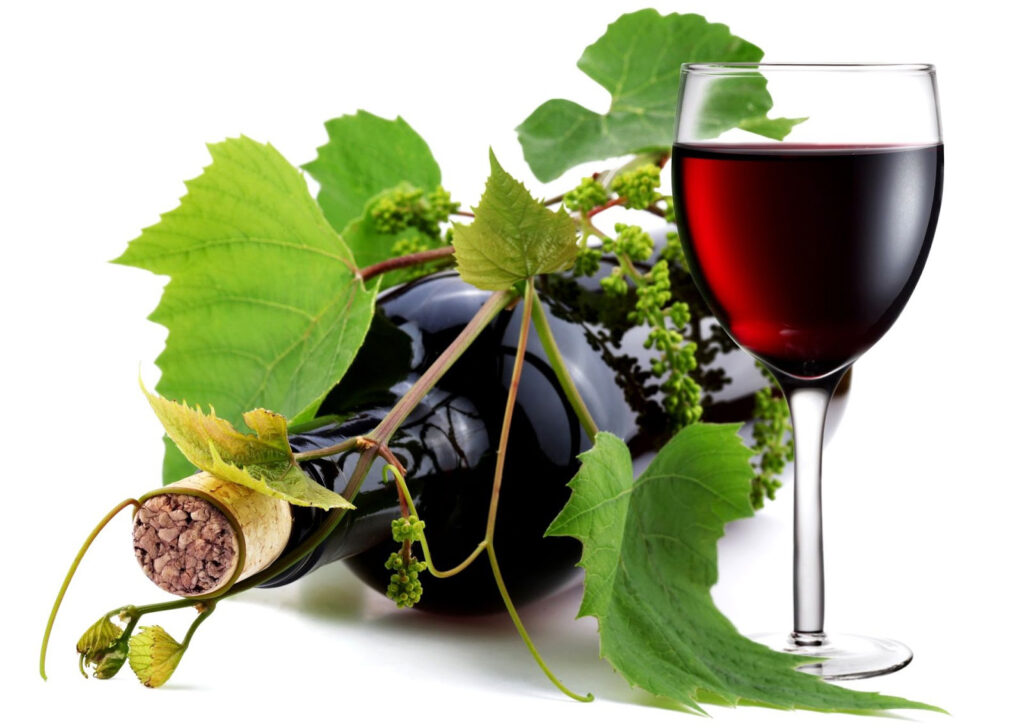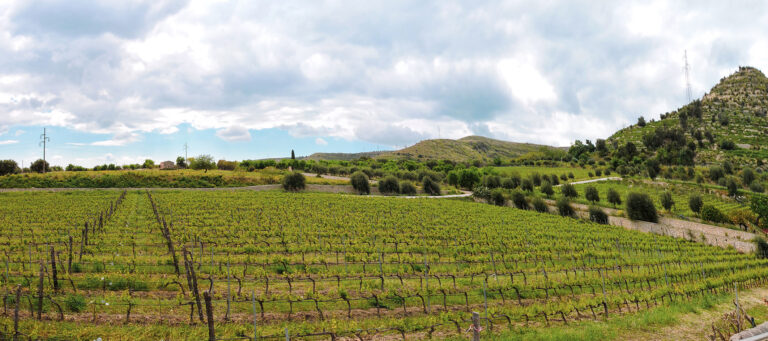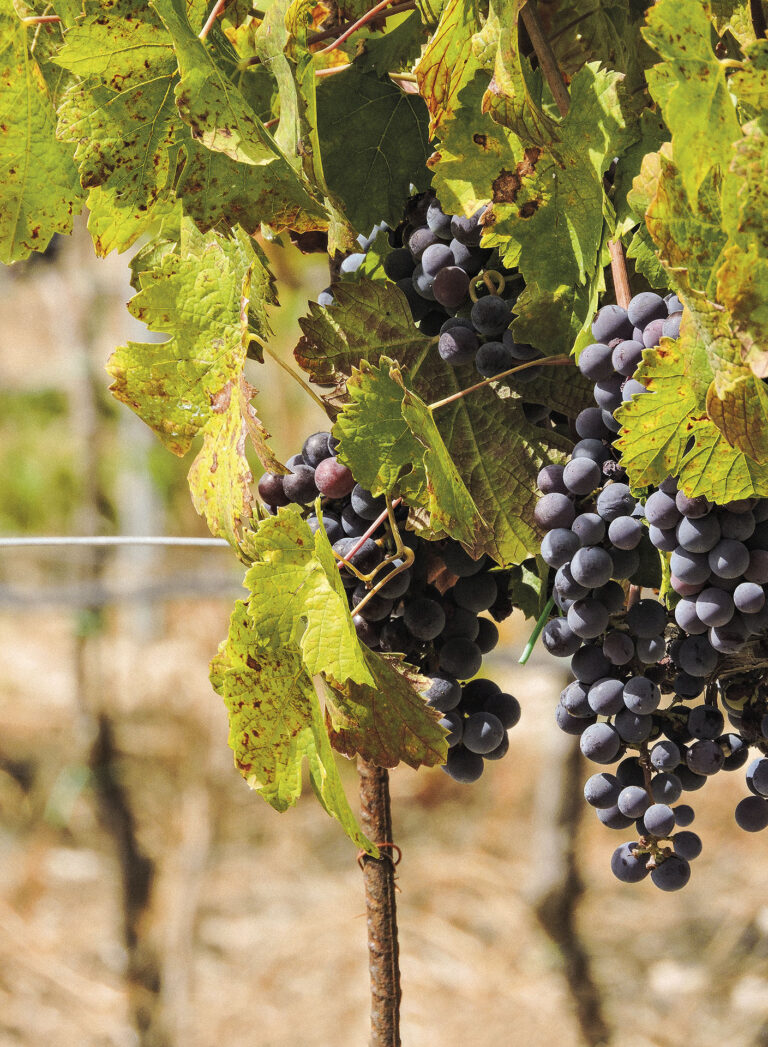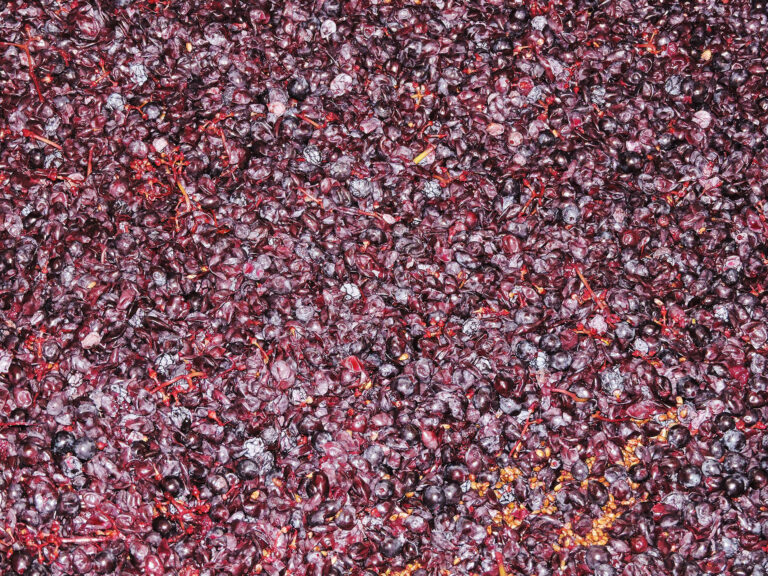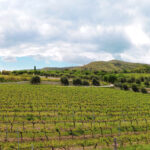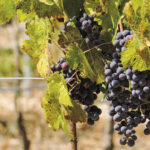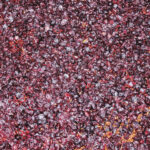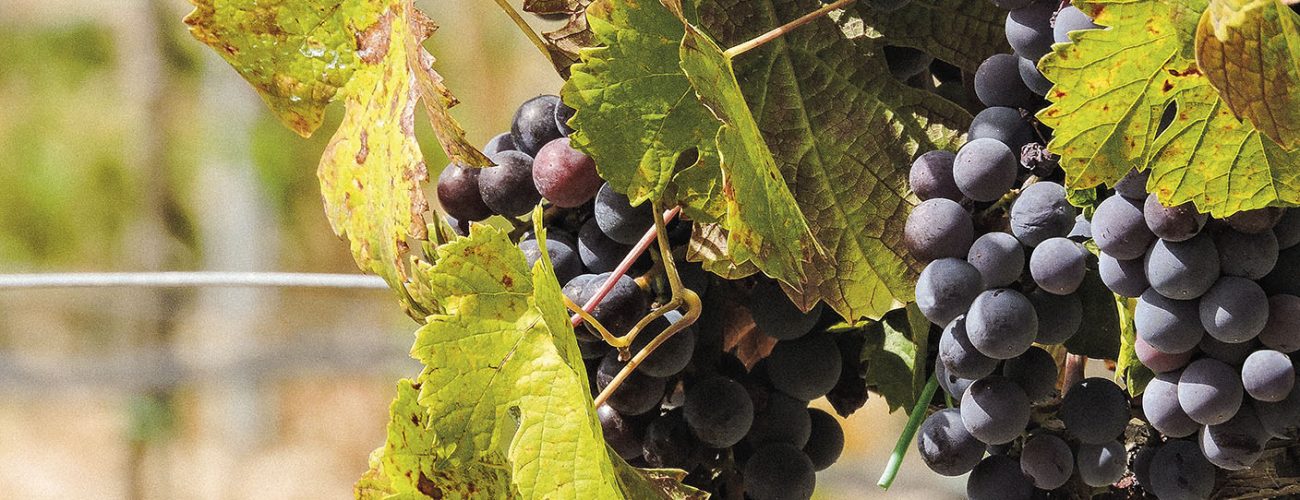
Nero d’Avola production
The landscape of Avola, before the massive spread of citrus groves, was characterized by almond groves, olive groves and vineyards. Unfortunately, throughout the entire Sicilian island, at the beginning of the second half of the nineteenth century there was an epidemic of phylloxera which destroyed a large part of the vineyards, which were soon replaced by almond groves. In Avola, in the mid-twentieth century the few remaining vineyards and almond groves were uprooted and replaced with the more profitable cultivation of citrus fruits, and mainly lemons. In recent decades, a viticultural restructuring has been started, and nowadays most of the vineyards are located in the foothills area and especially in the Bochini district.
Once again it is the historian Bianca who describes the way in which the vine was cultivated and how wine was made in Avola, in his Agricultural Monograph of the Avola Territory (1878). He reports some information on the various phases involving the planting of the vine and the treatment of the soil, he also focuses on the subsequent operations, which were not only carried out by men but also by boys and women.
The harvest took place between the end of August and mid-September, but already in May the vines were removed by hand from useless and superfluous shoots, the tops of the shoots were twisted so as to concentrate all the sap, and the plants were spread with the sulfur powder (nzulfarari) to prevent certain diseases. Other information on the quality of Nero d’Avola wine and its production in Avola was reported by Abbot Paolo Balsamo, in 1809, and by Francesco Nicotra, in 1907.
The calcareous, well-ventilated and sunny soils of the Iblean hills allow the cultivation of different types of vines, the best known of which is Nero d’Avola, a Sicilian black grape variety.
This vine is widespread mainly in the Syracuse area and in particular in the areas between Avola, Noto and Pachino, where the largest extensions of vineyards are found; furthermore it is also present in the Agrigento area and in the Nissena area. The vine is trained as a sapling, so it remains quite low; this form of cultivation has very ancient origins, in fact it was introduced in Sicily by the Greeks: the vines are not supported by wire piling, but single supports are preferred, often made with sustainable materials.
The plant is characterized by dark blue and medium-sized berries, with a high concentration of sugars which ensures a product with a significant alcohol content and which stands out for its aromatic richness. Nero d’Avola wine, with its intense ruby red color with purple tones, presents a complex, very fruity bouquet with hints of ripe red fruit (such as cherries, blackberries, raspberries and plums) and with floral and spicy notes. On the palate it is deep, soft and velvety.
Until the mid-twentieth century, Nero d’Avola wine, due to its good structure, was used almost exclusively as a blending wine, mixed with other wines to give the final product greater body and vigor; in particular with red wines from Northern Italy or France.
Nowadays it is possible to taste it pure, or it can also be used for blending, or in addition to other varieties of wine derived from grapes of different origins: for example with Syrah, Merlot and Cabernet-sauvignon. Purely, Nero d’Avola is an aperitif wine if served at 12-14°, to accompany medium-hard Sicilian cured meats and cheeses, or during a lunch or dinner, served at 16-18°, it can accompany dishes of red meat such as braised meats and roasts, or fish dishes such as grilled or sweet-and-sour tuna.
